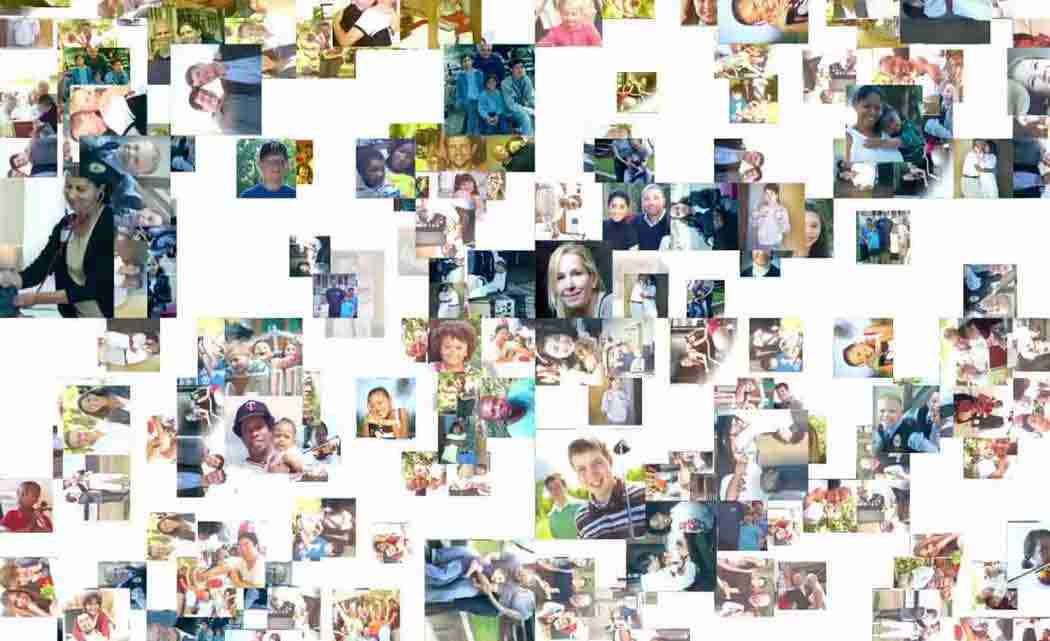By LARAINE WESCHLER
WATERTOWN, Conn. — A year ago, Nancy Demers, 71, was diagnosed with myelodysplastic syndrome, a deficiency in the bone marrow. The disease can eventually become leukemia.
“It’s treated as if it were cancer but there is no cure for it,” said her son, Scott Demers.
Now Nancy Demers has a new chance at life, thanks to advances in bone marrow stem cell transplants.
“If I didn’t do this, once I went out of remission _ it’s not if, it’s when _ I would go into acute leukemia and there will be nothing there to help me,” Nancy Demers said. “This will save my life and give me time.”
Demers is one of a rapidly growing number of people looking to depend on strangers to donate marrow since she doesn’t have a match within her family.
The rising number of patients seeking bone marrow has created new demands on registries that seek to match patient needs with willing donors.
Each sibling has a 25 percent chance of being a transplant match, according to Dr. Joseph Antin, chief and program director of the adult stem cell transplantation program at Dana Farber Brigham and Women’s Hospital in Boston.
In the United States, about 30 percent of patients find a donor within their family, according to Be the Match. Those who don’t must turn to international registries to find an unrelated donor.
Around 15 years ago, doctors couldn’t do a transplant on anyone over the age of 50, according to Dr. Leslie Lehmann, clinical director of the Stem Cell Transplant Center at Dana Farber.
“It’s a big stress on the body,” Lehmann said.
With older patients, there’s more of a risk of infection, kidney or liver damage, or the new bone marrow attacking the body. Children’s organs are more resilient, Lehmann said.
That’s good news for 12-year-old Angela DeFeo of Watertown, and 11-year-old Sarah Scully of Litchfield.
Both girls are facing bone marrow transplants _ Angela’s to treat non-Hodgkins lymphoma and Sarah’s to treat myelodysplastic syndrome.
Dana-Farber did 574 transplants for adults last year, Antin said.
The bulk of the transplants are for people with lymphoma, multiple myeloma, and leukemia, Antin said, but transplants can also cure myelodysplastic syndrome, myelofibrosis, sickle cell anemia, immune system deficiencies and other congenital disorders.
“Anyone who has a disorder of blood or immune system can be possibly cured with a bone-marrow transplant,” Antin said.
Although Nancy Demers has already found her match, Scott Demers is organizing a drive to sign people up for the Be the Match registry of the National Marrow Donor Program.
The drive is from noon to 4 p.m. Feb. 22 at the Watertown Fire Department. Only donors ages 18 to 44 can sign up for free, but donors stay in the registry until age 61. Older donors can join the registry online with an $11 tax-deductible payment.
Representatives from Dana Farber, where Nancy Demers will be treated, will be there to answer questions.
Although it’s simple to sign up for the registry _ all that’s required is a cheek swab and some medical history _, actually being a donor is more of a commitment.
There are two ways to donate bone marrow stem cells. In the first procedure, the donor undergoes anesthesia and doctors suck small amounts of marrow from the pelvic bone over the course of an hour, Antin said. All those needle pricks may leave the donor sore for a few days afterward, he said, but most donors recover quickly.
In the second procedure, donors are given neupogen injections to send stem cells from the bone marrow into the bloodstream. The donor is then hooked up to a machine that draws the stem cells from the blood. The process takes about four hours, but is not unpleasant, Antin said.
Either way, when the cells are administered to the patient, they are given through the vein like a transfusion. The cells make their way from the blood back into the bones where they set up shop and restore bone marrow production, Antin said.
While one in 40 people on the registry will be called for additional testing, only one in 540 will go on to actually donate, according to Be the Match. Some may not turn out to be the best match for the patient or have health issues that make them ineligible.
Close to 50 percent of people who are called as potential matches say no, Mason said.
“People have to recognize that if they do get pulled we want them to follow through,” Antin said.
He said some people are willing to donate to a friend, but don’t want to donate to a stranger.
“You might be the only donor that’s available,” Antin said. “Most donors find it a very emotionally satisfying and gratifying thing to do.”
The entire process is billed to the patient’s insurance company and most registries pay incidental expenses for the donor such as travel and hotel costs, Antin said.
A year after the procedure, if both donor and patient want to communicate, they are allowed to meet, Antin said.
“There’s no feeling like that in the world to see someone who’s not alive and to bring them back to live,” said Scott Demers.
Unlike most organ donors, who can only donate after they’re dead, bone marrow donors can pick up the phone and call the person whose life they saved, Scott Demers said.
“I’d want to hug that person,” he said. “To even put yourself through something like that for a stranger. That’s humanity. That’s something that is good news.”











No Comment